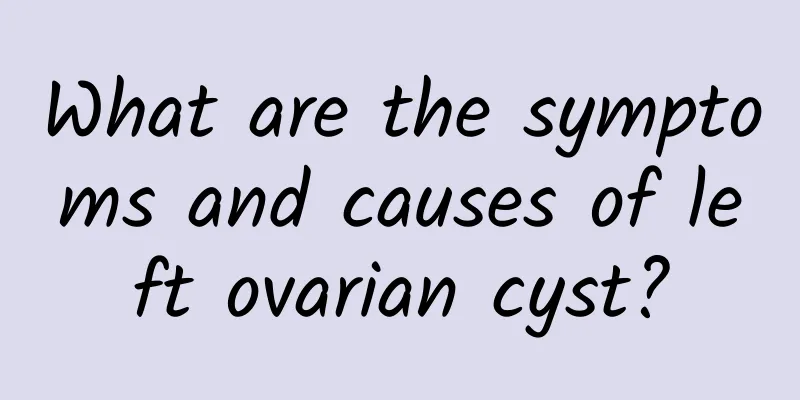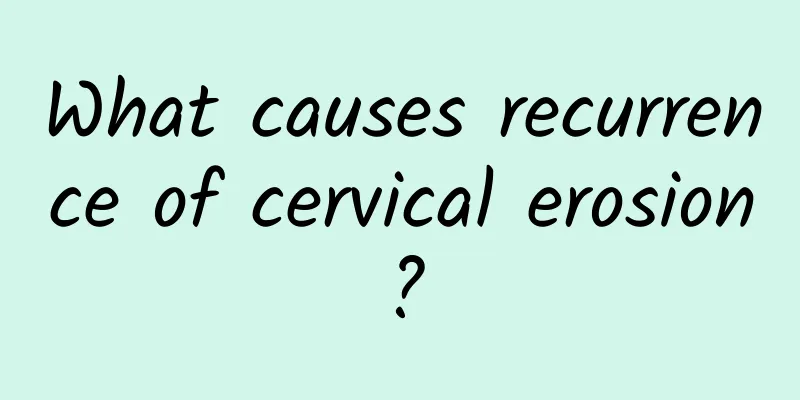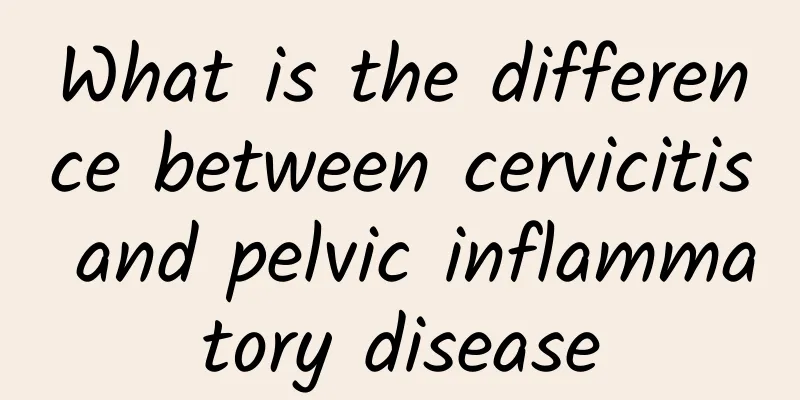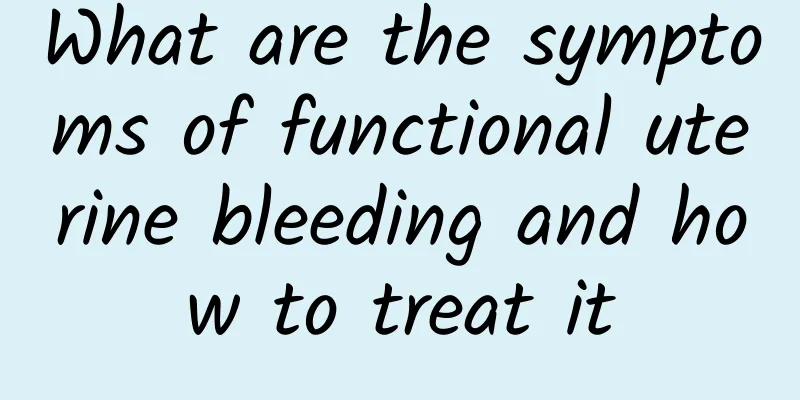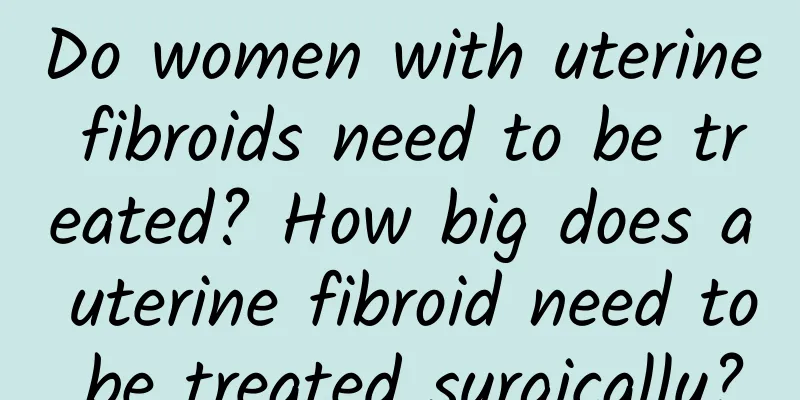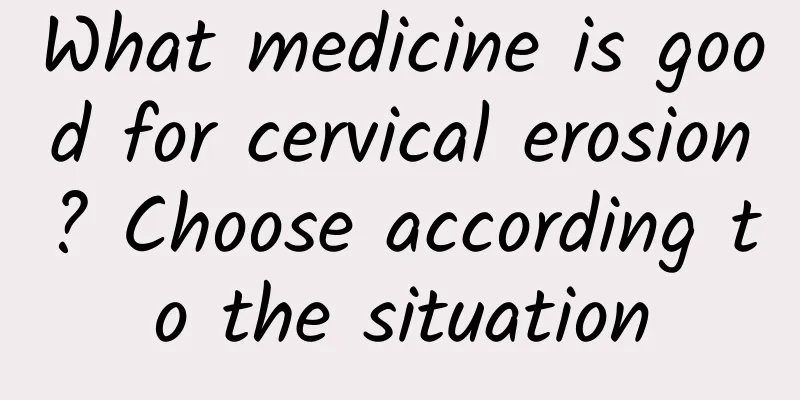Does polycystic ovary often cause stomach pain?
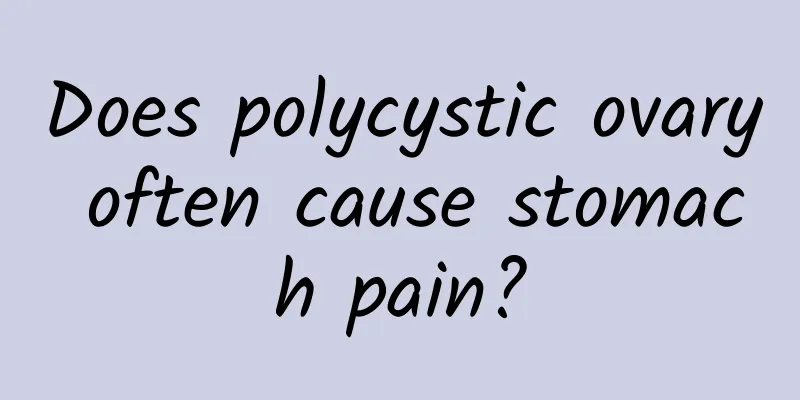
|
Polycystic ovary syndrome (PCOS) does not necessarily always cause abdominal pain, but some patients may experience lower abdominal discomfort or pain due to enlarged ovarian cysts, inflammation or other complications. If the pain is frequent and severe, you should see a doctor as soon as possible to find out the cause. The main manifestations of polycystic ovary syndrome are abnormal ovulation, irregular menstruation, and symptoms of hyperandrogenism. Pain is not its typical symptom. However, if the cyst is large, it may compress the surrounding tissues, causing dull pain or acute colic. Sometimes, cyst rupture or ovarian torsion can cause severe pain, accompanied by symptoms such as nausea and sweating. Endocrine disorders can easily induce chronic pelvic inflammatory disease and endometrial hyperplasia, which may cause chronic lower abdominal pain. Under the combined effects of cyst pressure or endocrine abnormalities, inflammatory reactions or adhesions may also induce periodic lower abdominal pain, which can easily be mistaken for premenstrual syndrome. The main manifestations of polycystic ovary syndrome are abnormal ovulation, irregular menstruation, and symptoms of hyperandrogenism. Pain is not its typical symptom. However, if the cyst is large, it may compress the surrounding tissues, causing dull pain or acute colic. Sometimes, cyst rupture or ovarian torsion can cause severe pain, accompanied by symptoms such as nausea and sweating. Endocrine disorders can easily induce chronic pelvic inflammatory disease and endometrial hyperplasia, which may cause chronic lower abdominal pain. Under the combined effects of cyst pressure or endocrine abnormalities, inflammatory reactions or adhesions may also induce periodic lower abdominal pain, which can easily be mistaken for premenstrual syndrome. It is recommended to observe whether the lower abdominal pain is accompanied by fatigue, abnormal menstruation or weight changes. Dietary adjustment can control weight through a low-sugar diet, and it is recommended to consume more coarse grains and vegetables. Exercise improves hormone balance, and aerobic exercise such as jogging and swimming is recommended 3-4 times a week. If cyst rupture or other acute problems are suspected, B-ultrasound should be used to identify and receive targeted treatment, including oral hormone regulation or laparoscopic surgery. Any unexplained and persistent abdominal pain should be treated promptly to identify the cause and treat it scientifically to avoid serious consequences. |
<<: The harm of amenorrhea for many years to women
>>: What is the cause of breast pain after amenorrhea?
Recommend
Common complications of painless abortion in women
Painless abortion is one of the methods of aborti...
Experts introduce the treatment of chronic adnexitis
Adnexitis is divided into two types: acute and ch...
Timely treatment of cervicitis will not affect the couple's life
As we all know, cervicitis is very harmful. If yo...
Experts explain the causes of pelvic inflammatory disease in women
Speaking of pelvic inflammatory disease, I believ...
What are the most serious symptoms of bacterial vaginosis?
Bacterial vaginosis is a common gynecological dis...
How to diagnose cervical warts?
Cervical warts are now gradually known to many pe...
What are the prevention methods for acute adnexitis?
There are two types of adnexitis: chronic and acu...
Does a 5 cm ovarian cyst on the right side need treatment? What foods should not be eaten?
Does a 5 cm right ovarian cyst need treatment? Wh...
Briefly introduce the common causes of cervicitis
Cervicitis is one of the common cervical diseases...
What causes uterine fibroids in virgin women?
Uterine fibroids in virgin women may be caused by...
Does a 22 cm right ovarian cyst need treatment? What dietary precautions should be taken?
Does a 22 cm ovarian cyst on the right side need ...
Winter melon helps you lose weight and whiten your skin! Delicious dishes depend on how you cut them
The peak production period of winter melon is fro...
History of ectopic pregnancy is one of the causes of ectopic pregnancy in women
I believe many patients want to know the cause of...
Can B-ultrasound detect inflammation of the uterus after miscarriage?
Can B-ultrasound detect inflammation of the uteru...
What is the cause of cervical erosion?
What is the cause of cervical erosion? Women use ...

